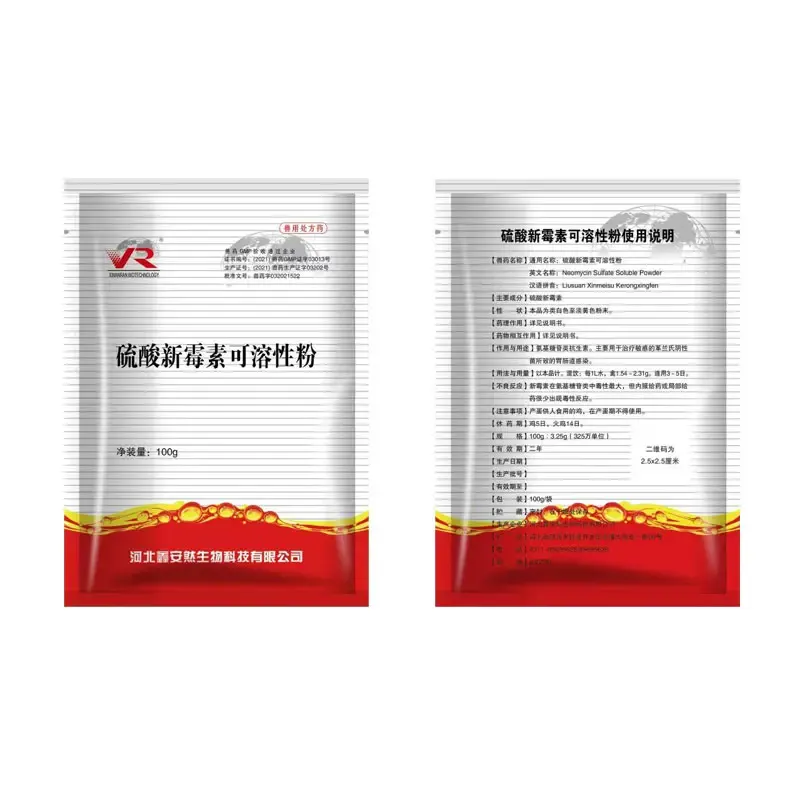- Afrikaans
- Albanian
- Amharic
- Arabic
- Armenian
- Azerbaijani
- Basque
- Belarusian
- Bengali
- Bosnian
- Bulgarian
- Catalan
- Cebuano
- Corsican
- Croatian
- Czech
- Danish
- Dutch
- English
- Esperanto
- Estonian
- Finnish
- French
- Frisian
- Galician
- Georgian
- German
- Greek
- Gujarati
- Haitian Creole
- hausa
- hawaiian
- Hebrew
- Hindi
- Miao
- Hungarian
- Icelandic
- igbo
- Indonesian
- irish
- Italian
- Japanese
- Javanese
- Kannada
- kazakh
- Khmer
- Rwandese
- Korean
- Kurdish
- Kyrgyz
- Lao
- Latin
- Latvian
- Lithuanian
- Luxembourgish
- Macedonian
- Malgashi
- Malay
- Malayalam
- Maltese
- Maori
- Marathi
- Mongolian
- Myanmar
- Nepali
- Norwegian
- Norwegian
- Occitan
- Pashto
- Persian
- Polish
- Portuguese
- Punjabi
- Romanian
- Russian
- Samoan
- Scottish Gaelic
- Serbian
- Sesotho
- Shona
- Sindhi
- Sinhala
- Slovak
- Slovenian
- Somali
- Spanish
- Sundanese
- Swahili
- Swedish
- Tagalog
- Tajik
- Tamil
- Tatar
- Telugu
- Thai
- Turkish
- Turkmen
- Ukrainian
- Urdu
- Uighur
- Uzbek
- Vietnamese
- Welsh
- Bantu
- Yiddish
- Yoruba
- Zulu
Nov . 27, 2024 12:32 Back to list
Oxytetracycline Injection 20 for Effective Treatment in Veterinary Medicine
Oxytetracycline Injection A Comprehensive Overview
Oxytetracycline is a broad-spectrum antibiotic that belongs to the tetracycline class of antibiotics, which are widely utilized in both human and veterinary medicine. The injectable form of oxytetracycline is typically used for the treatment of various bacterial infections, making it an essential tool in modern pharmacotherapy. This article delves into the characteristics, uses, administration, and potential side effects of oxytetracycline injection, particularly focusing on its 20% formulation.
Pharmacodynamics and Mechanism of Action
Oxytetracycline works by inhibiting bacterial protein synthesis. It achieves this by binding to the 30S ribosomal subunit, interfering with the attachment of aminoacyl-tRNA to the mRNA-ribosome complex. The inhibition of protein synthesis is critical for bacterial growth and reproduction, resulting in bacteriostatic effects that control the spread of infections without necessarily killing the bacteria outright.
The specter of activity for oxytetracycline encompasses a broad range of gram-positive and gram-negative bacteria, as well as some atypical pathogens like Chlamydia and Mycoplasma. This makes oxytetracycline an invaluable option in treating infections caused by susceptible microorganisms.
Indications for Use
Oxytetracycline injection is indicated for a variety of infections, including respiratory tract infections, urinary tract infections, and skin and soft tissue infections caused by susceptible bacteria. In veterinary medicine, oxytetracycline is commonly used to treat infections in livestock and pets, especially when other antibiotics may be less effective. It is worth noting that the drug is also utilized in specific situations such as treating Mycoplasma infections in cattle or respiratory infections in poultry.
Administration and Dosage
oxytetracycline injection 20

The administration of oxytetracycline is typically done via intramuscular or intravenous injection, which allows for rapid absorption into the bloodstream and immediate therapeutic action. The prescribed dosage can vary based on the severity of the infection, the species being treated, and the specific clinical guidelines. For humans, dosages are commonly adjusted based on renal function due to the drug's partial renal excretion.
In veterinary applications, proper dosing is crucial, as overdose can lead to toxicity. Dosage calculations often take into consideration the animal's weight and the type of infection being targeted.
Side Effects and Precautions
While oxytetracycline is generally well tolerated, it is important to be aware of potential side effects. Common adverse reactions may include gastrointestinal disturbances, such as nausea, vomiting, and diarrhea. Due to its ability to form complexes with divalent and trivalent cations (like calcium and magnesium), its concurrent use with antacids or supplements containing these minerals is ill-advised, as it can significantly reduce absorption and efficacy.
Additionally, oxytetracycline can induce photosensitivity, making individuals more susceptible to sunburn and skin reactions upon exposure to sunlight. Prolonged use, particularly in children and during pregnancy, can lead to discoloration of teeth and interference with bone growth due to its affinity for calcium.
Conclusion
In summary, oxytetracycline injection, especially in its 20% formulation, remains a significant antibiotic in both human and veterinary medicine. Its broad-spectrum efficacy, combined with its unique mechanism of action, makes it a go-to treatment for a variety of bacterial infections. However, like all medications, it must be used judiciously, with careful consideration of dosage, potential side effects, and drug interactions. As antibiotic resistance continues to pose a threat, it is critical to use such medications appropriately and responsibly, ensuring that oxytetracycline retains its effectiveness for years to come.
-
Guide to Oxytetracycline Injection
NewsMar.27,2025
-
Guide to Colistin Sulphate
NewsMar.27,2025
-
Gentamicin Sulfate: Uses, Price, And Key Information
NewsMar.27,2025
-
Enrofloxacin Injection: Uses, Price, And Supplier Information
NewsMar.27,2025
-
Dexamethasone Sodium Phosphate Injection: Uses, Price, And Key Information
NewsMar.27,2025
-
Albendazole Tablet: Uses, Dosage, Cost, And Key Information
NewsMar.27,2025













